Transgenesis in animals and where we are today in research: Evaluating the pros and cons
Before now, I had discussed extensively on the topic - Transgenesis, with focus on plants in one my previous article -The invasion of our natural markets by products of Transgenesis - Transgenic plants; Something we should be worried?. By extension, we took the discussion deeper to elaborate on how this form of genetic modification is carried out in plants, the product of this modification and the benefits and economic implications of this procedure should it not be regulated.
Our attention now will be more on animals and humans in general. There is a lot to be discussed, but I will try to make it detailed enough while at the same time limiting the length of the article, so that you do not get tired easily. However, the information will be worth. Join me on this!
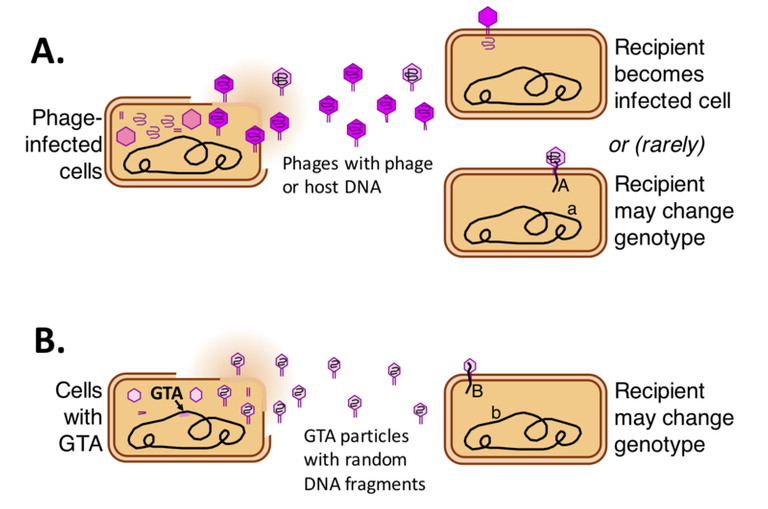 Transduction using Phage
Transduction using Phage As a way of reminder and refresher, transgenesis simply means the process of genetically modifying a living organism to either make it better or serve a specific purpose. When we talk about it in relation to animal cells, it means process of introducing new genetic material into the genome of an animal cell. Now doubt, this procedure has really helped us as scientist to understand the various mechanisms of diseases as well as the genes that are associated with them.
In the clinical settings, diagnosis of diseases and the development of novel approaches to treatment have been made far much easier than before now. Just the way we generate transgenic plants, transgenic animals are generated by introducing foreign DNA into the fertilized egg of the animal, which is then implanted into a surrogate mother.
Upon introduction of this foreign DNA through the process of transduction requiring a carrier vector, it is subsequently integrated into the genome of the animal. The final outcome of this, is the expression of the traits and characteristics of the new DNA in the host animal. This happens because the new DNA becomes the sole determining factor of what types of traits are expressed in the animal since all traits are encoded in the genes.
Why transgenesis is a necessity in our modern day
Just as I have briefly explained above, transgenesis a lot of benefits to us as humans and even to the animals as well because, making them able to adapt to life threatening environmental factors and diseases, improves their life cycle. On a general note, they mainly play important roles in producing more and higher quality food that are gotten from livestock.
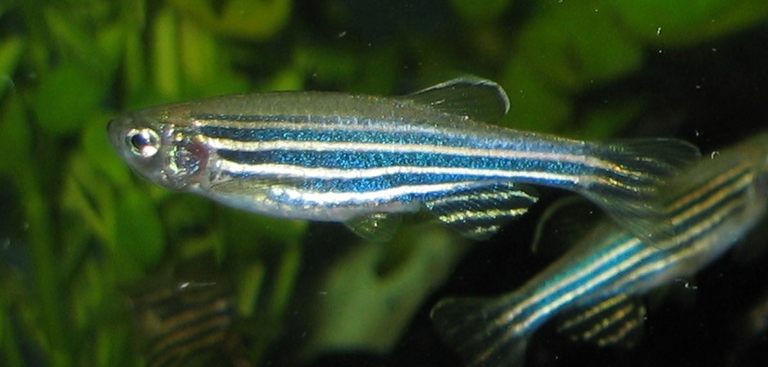
A female specimen of a zebrafish (Danio rerio) breed with fantails
You often see the application of transgenesis in most aspect of biotechnology (plant and animal biotechnology). As a researcher, I often use transgenic animals to study the role of genes in disease. For example, a recent report by Israeli scientists showed how invaluable transgenesis can be. According to the report, they successfully cured a transgenic rat model suffering from a neurodegenerative disease called Alzheimer.
It is quite a refreshing read and I will recommend you read the article -Targeting the overexpressed mitochondrial protein VDAC1 in a mouse model of Alzheimer’s disease protects against mitochondrial dysfunction and mitigates brain pathology.
Now imagine if the curative substance that was used in the rat model is successfully tested on humans and it works. This will definitely be a big win over this disease that has no permanent cure.
Another area transgenesis plays a huge role is in the field of tissue engineering (a part of biomedical engineering that aims to produce functional products that will act as a replacement option for damaged human parts). Some animals have been genetically modified to produce what is known as spider silk protein. You can read this article for in-depth insight - Fibers Made of Recombinant Spidroins—A Brief Review
If you are a researcher in the field of tissue engineering or you have an idea of what goes on in this field of science, you would agree with me that, spider silk protein is a highly sort after protein because of its wide use and its remarkable properties.
In agriculture, some animals can be engineered to produce products that much more valuable and highly enriched than the products from their natural counterparts. a typical example is the genetic modification of some cow with the sole aim of making them produce milk that contain less lactose. These transgenic cow at the end produce these milk and of course, the target audience would be people suffering from a disease condition known called lactose intolerance (caused by lack of the enzyme lactase which degrades lactose in the body).
To sum it up, the commonest reason for transgenesis is to improve the existing state of an organism. Earlier this year, in January to be precise, a scientist by name Baofeng Su from Massachusetts Institute of Technology, genetically modified the gene of a catfish using the well known gene editing technology called CRISPR (Clustered Regularly Interspaced Short Palindromic Repeats). He introduced a disease resistant gene gotten from an alligator into a catfish.
The alligator gene, which Dunham’s research turned up as a potential answer, codes for a protein called cathelicidin. The protein is antimicrobial, says Dunham—it’s thought to help protect alligators from developing infections in the wounds they sustain during their aggressive fights with each other. Dunham wondered whether animals that have the gene artificially inserted into their genomes might be more resistant to diseases.
Through transgenesis, animals that are strongly resistance to diseases and pests have been created. Some animals can even be genetically modified to act as sensors for the presence of environmental toxins and pollutants. A typical case is seen with the use of genetically modified zebra fish. The benefits of transgenesis in animals is endless and if I decide to go deeper into it, we definitely won't end this article.
Okay, just to arouse you a little bit, let me give you tell you a little about a research work I recently did using a zebra fish, though the research was not directed at gene improvement. Zebra fishes are one of widely used animal in research. They are best used to study developmental stages of growth which helps us track the various stages of development of the cells. Besides, they also can be used as biosensors as I earlier stated.
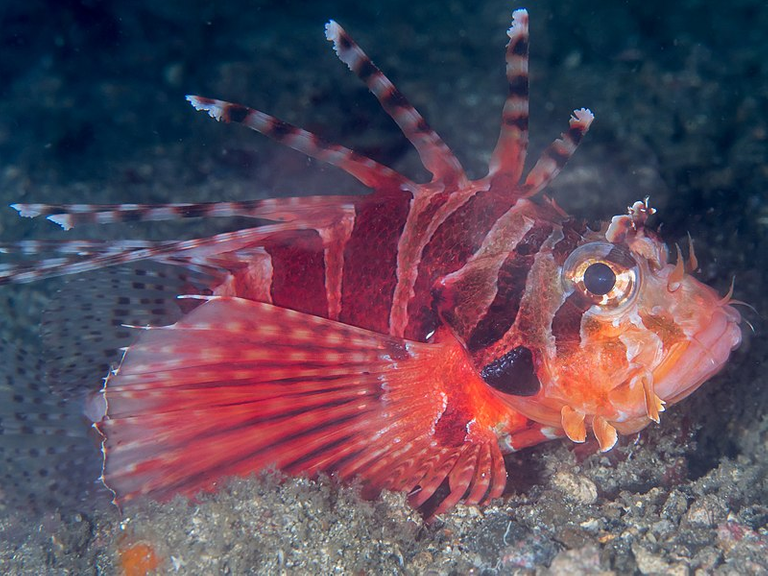 Lion zebra fish
Lion zebra fishThese fishes are known to naturally possess a type of protein called Green fluorescent protein (GFP) that emits light at appropriate wavelength excitation. That is, they emit fluorescence light when they are excited. The excitation signal could come from any source, and in the case of toxin, these fish emit light signaling the presence of the specific type of toxins they are genetically programmed to respond to. This way, we can easily know if the water environment is safe or not. Going further, it even also allows us study the effect of the said toxins on the fish and generally on aquatic lives.
 [Varying intensities of GFP isolated from the brain of transgenic zebra fish]
[Varying intensities of GFP isolated from the brain of transgenic zebra fish]The picture above and below are a few of the images I captured using a fluorescence microscope after dissecting the brain of a transgenic zebra fish for a research. The main goal was to investigate the level of excitation and the varying intensity of excitation signal of the green fluorescent proteins. As you can see, some of the green florescent proteins glow far much more than their counterparts.
The reason for the difference besides the excitation wavelength, can be attributed to pH, Temperature (they denature at higher temperature thereby loosing their fluorescence ability), the higher their concentration, the more they glow, mutations in the protein also affect them.
 [Varying intensities of GFP isolated from the brain of transgenic zebra fish]
[Varying intensities of GFP isolated from the brain of transgenic zebra fish]Though zebra fishes are not the only animals that have the green fluorescent protein, you also find it in Corals, sea anemones, jelly fishes and more. However, we use zebrafish for most laboratory research because it is much easier to grow in the laboratory, it has a well characterized genome when you compare them to other animals that express the GFP. In the space of about three months, they reproduce to produce new generation.
Interestingly, their embryo is transparent, so you can easily see directly through it to observe the various developmental stages. Because their genome is well characterized, if you perform any form of genetic modification, you easily observe and study it. These and more are the major reason why we use zebra fish occasionally for genetic studies.
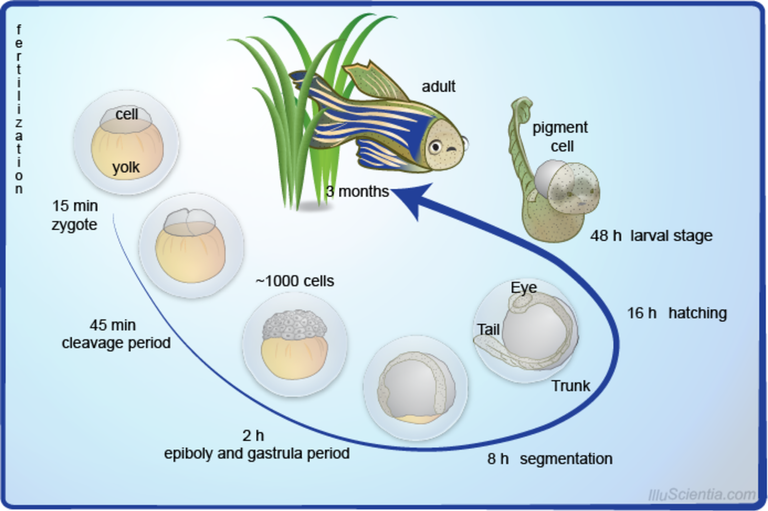
Life cycle of a zebra fish from fertilization to an adult fish
Does it means transgenesis in animals is totally safe?
Well this question does not have a straight yes or no answer. To every action, there are always consequences that about. It is a well known fact that, most transgenic animals
usually have the potential to wreck serious havoc and damage if they are released. So the best thing is to keep them in check by making them sterile and under strict regulation.
Just imagine what would happen if that catfish that has been genetically modified with an alligator gene reproduces and meets with the natural types of catfish in the environment, they will definitely outperform them. Such a case can lead to an imbalance in equilibrium.
Going further, some animals that have been genetically modified, sometimes lose vital functions and can even be a menace. Some could even have unforeseeable behavioural changes. In fact, some naturally silent harmful genes could be activated and this can lead to the production of proteins that might be detrimental to the survival of such animal.
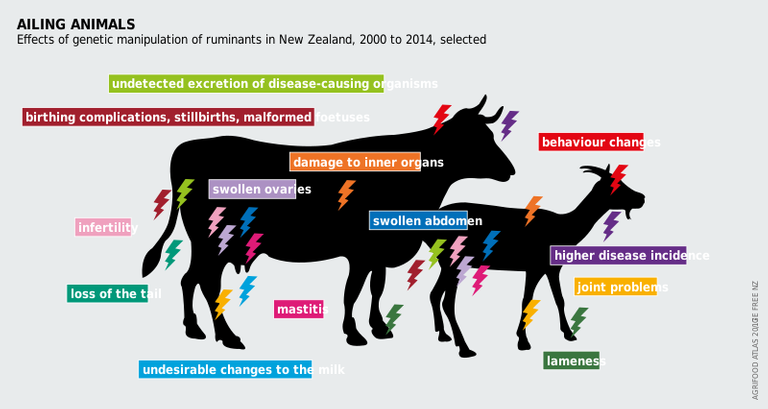 Effects of transgenesis in ruminants
Effects of transgenesis in ruminantsAs much transgenesis has its merits, they cannot be said to be without serious threat and dangers. The major threat these transgenic animals pose is ecological disruption and creation of imbalance in the ecosystem. Hence, the reason why you don't get to see them released into the wild.
In conclusion, having looked at transgenesis in plants in one of our previous discussion, I would say, transgenesis in animals poses lesser threat than those transgenesis in plants. One of my reason would be that, most transgenic plants tend too persist longer in the environment than transgenic animals (if at all they are ever released).
The consequences of genetic changes sometimes do not manifest in the next generation. It may take time to manifest due to the law of gene inheritance. Some mutations caused by genetic manipulation maybe be dormant or recessive and not expressed but only to be triggered at a later time.
References
•Targeting the overexpressed mitochondrial protein VDAC1 in a mouse model of Alzheimer’s disease protects against mitochondrial dysfunction and mitigates brain pathology
•These scientists used CRISPR to put an alligator gene into catfish
•Fibers Made of Recombinant Spidroins—A Brief Review
•Why Use Zebrafish to Study Human Diseases?
•Transgenic Animals in Agriculture
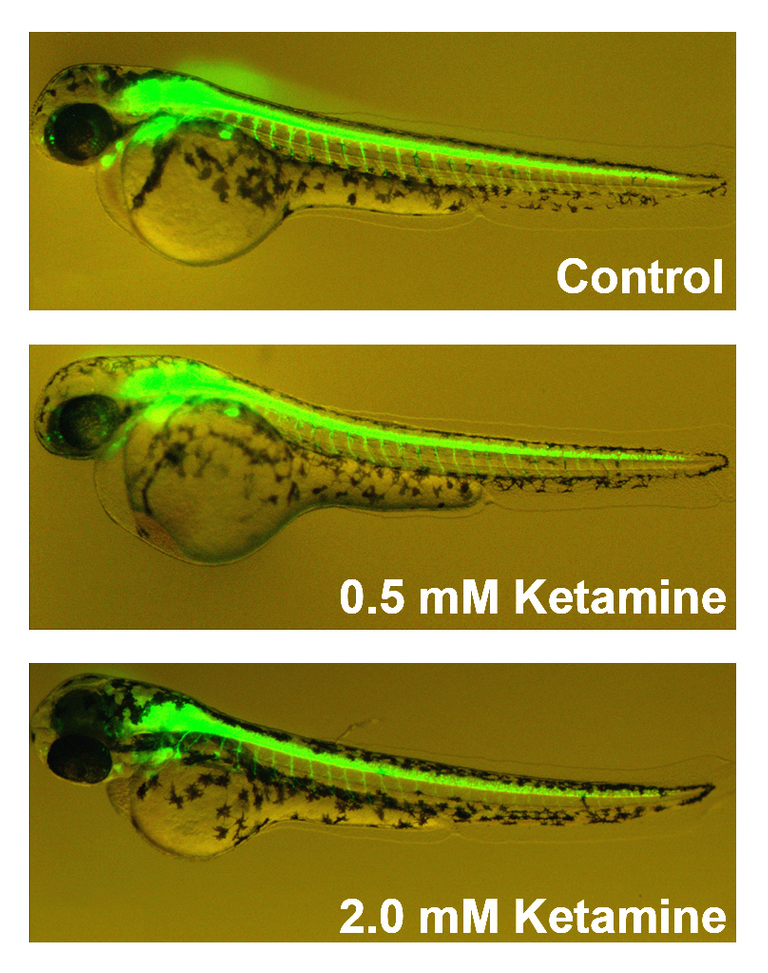
Quite interesting to read about this as this will be the first time I will be hearing about this transgenesis
Glad you learnt something new, the essence of hive I must say.
Congratulations!
✅ Good job. Your post has been appreciated and has received support from CHESS BROTHERS ♔ 💪
♟ We invite you to use our hashtag #chessbrothers and learn more about us.
♟♟ You can also reach us on our Discord server and promote your posts there.
♟♟♟ Consider joining our curation trail so we work as a team and you get rewards automatically.
♞♟ Check out our @chessbrotherspro account to learn about the curation process carried out daily by our team.
🏅 If you want to earn profits with your HP delegation and support our project, we invite you to join the Master Investor plan. Here you can learn how to do it.
Kindly
The CHESS BROTHERS team
Thanks for your contribution to the STEMsocial community. Feel free to join us on discord to get to know the rest of us!
Please consider delegating to the @stemsocial account (85% of the curation rewards are returned).
Thanks for including @stemsocial as a beneficiary, which gives you stronger support.
Hi, friend.
Very interesting to read this article where you share something new that I did not know since it is the first time that I hear about this transgenesis, it seems interesting to me.
Greetings friend a pleasure.
Hi, thank you for your support and i am glad you learnt something knew.
Enjoy the rest of your weekend.
!PIZZA
!LOL
lolztoken.com
All of them.
Credit: reddit
@cyprianj, I sent you an $LOLZ on behalf of cryptoyzzy
(3/4)
$PIZZA slices delivered:
@cryptoyzzy(4/5) tipped @cyprianj